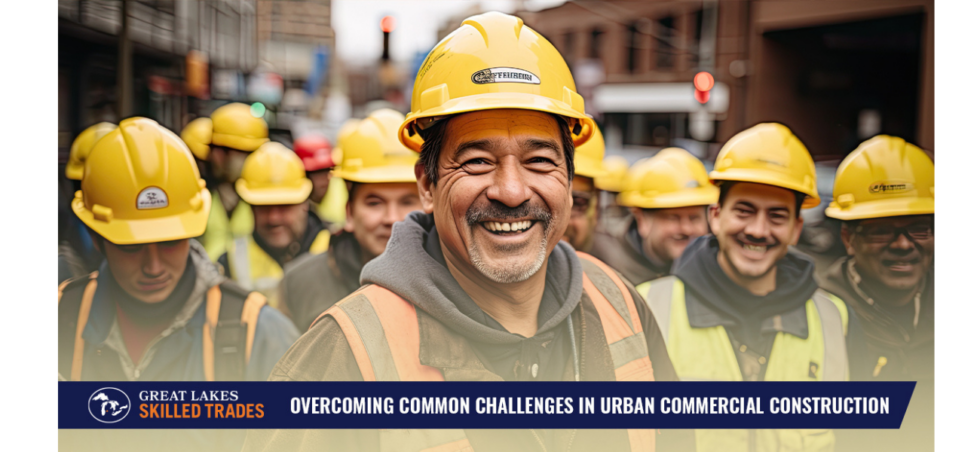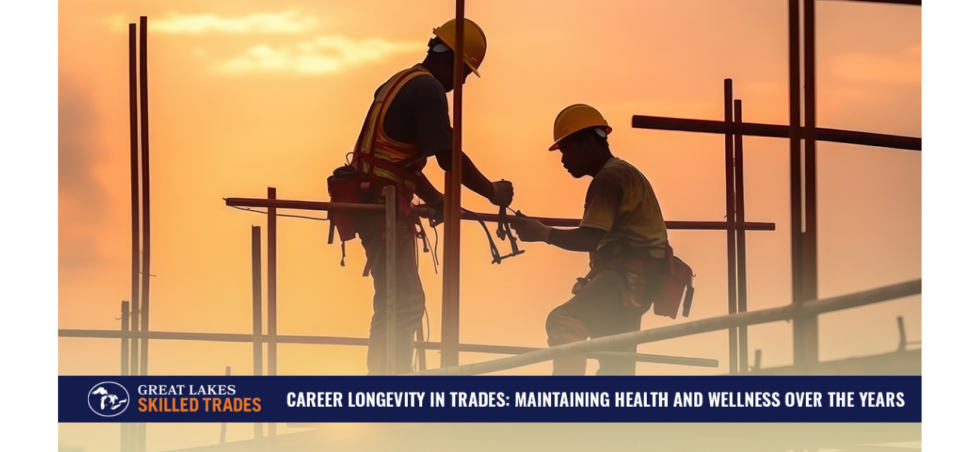If you’re considering a new career where you can work with your hands, a general laborer in commercial construction can be an excellent choice. But what does the role actually look like? What will you do all day? Every job site is unique, but here are some general ideas.
Work Schedule
Commercial construction can run on a 24-hour schedule. This minimizes disruptions but can be challenging if you’re not a night owl. But there are also many projects that take place fully or primarily during the day. Seasonality is also a factor in the Great Lakes region due to winter weather concerns. The hours can be long, especially when you start running up against completion dates. But in general, you’ll work around 40 hours a week.
Daily Duties
General laborers do whatever needs to be done that doesn’t require specialized training. Depending on the project, your duties may include:
- Cleaning job sites before construction begins
- Digging trenches, compacting earth, or otherwise preparing for projects
- Loading and unloading building materials
- Building and removing temporary structures, such as scaffolding
- Using power tools such as saws, drills, and jackhammers
- Assisting skilled tradespeople as needed
Overall Work Environment
Commercial construction is fast-paced and high-energy. You’ll be surrounded by team members, each working on their particular part of the project. You should be comfortable with heavy lifting and working outside in all types of weather. Depending on the specifics of the job, you might work in confined spaces or at heights. Safety is absolutely critical on any job site, so expect daily or weekly safety meetings and employer-provided PPE (personal protective equipment).
Perks of the Job
Being a general laborer in commercial construction is a great way to start a long and stable career. The job typically pays well and does not require any specific educational background or experience. You can learn the industry from the ground up while determining which specific skilled trades might interest you. If you decide on a career in commercial construction, having general laborer experience is an asset. Future employers will be able to see that you know your way around a job site and are able to cope with the inherent challenges of the work.
Ready for a New Skilled Trade Position?
At Great Lakes Skilled Trades, we specialize in connecting professionals in the skilled trades with contractors who need their services throughout the Great Lakes region. If you’re a skilled trade worker looking for your next position, check out our available jobs today!









